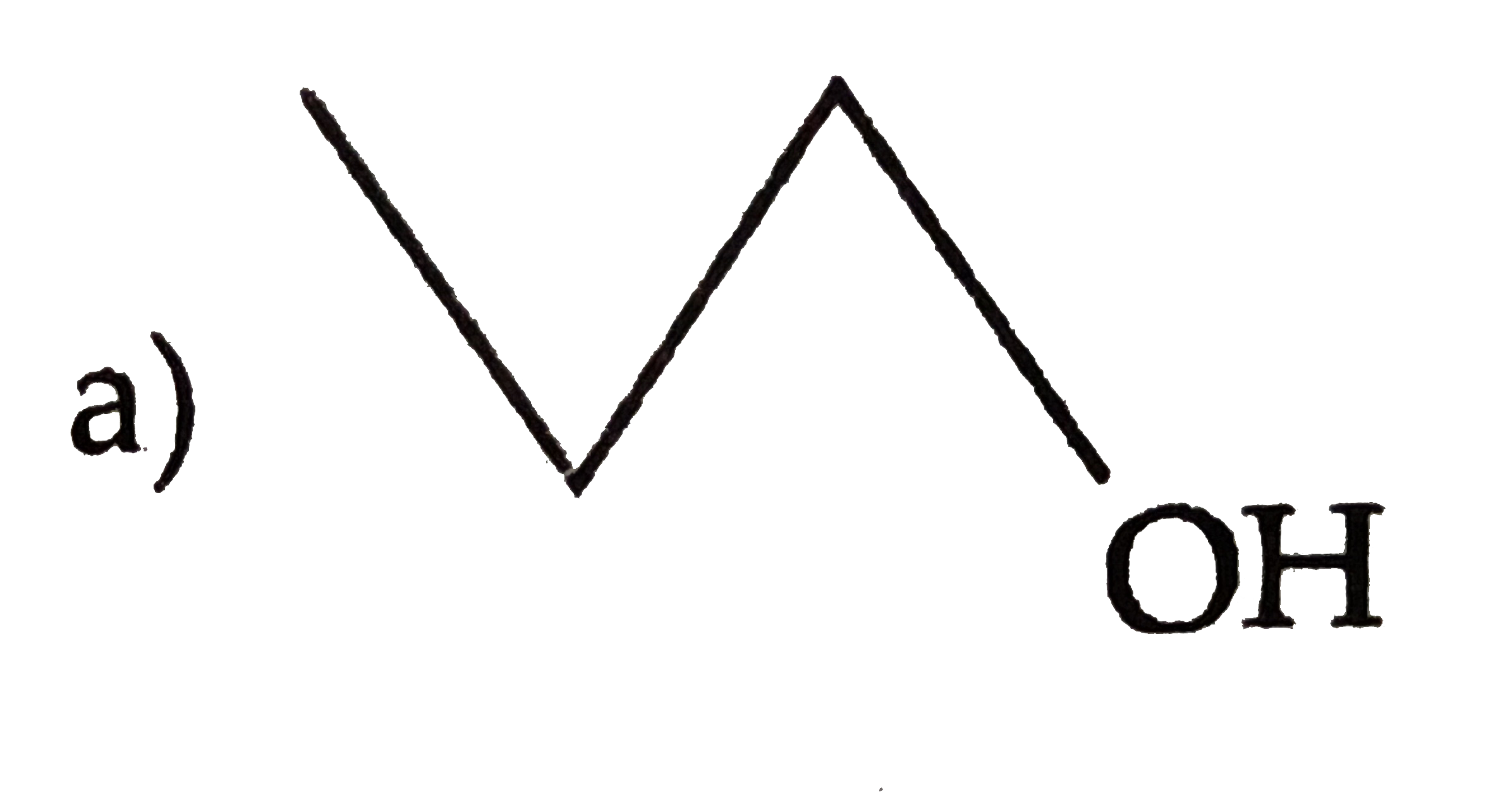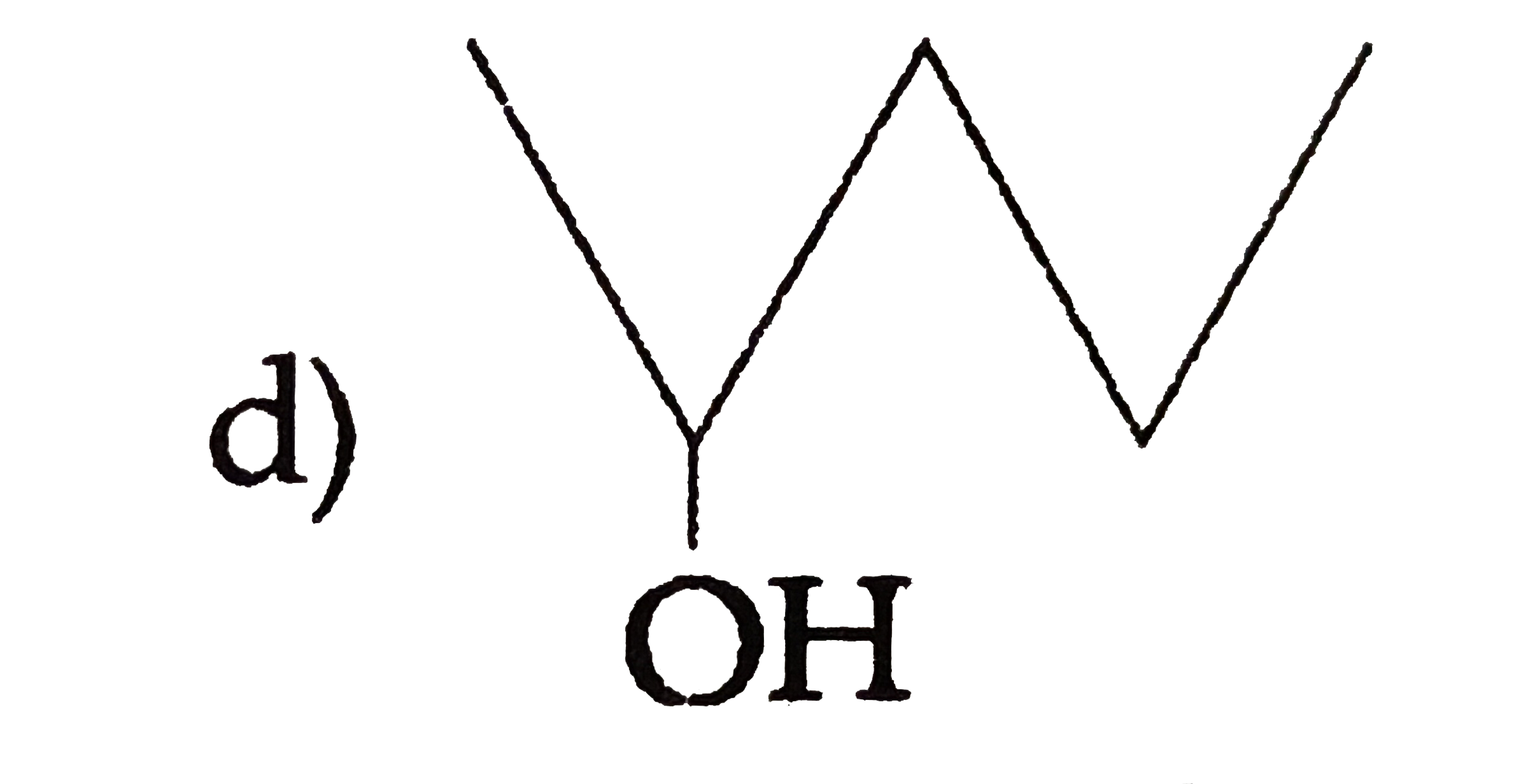Write the formula of reagents used in the following reactions:
Hydroboration of propene and then oxidation to propanol.
To solve the question regarding the reagents used in the hydroboration of propene followed by oxidation to propanol, we can break it down into clear steps:
1. Identify the Hydroboration Reaction:
- The hydroboration of propene involves the addition of borane (BH3) to the double bond of propene (C3H6).
- The reaction can be represented as:
Propene(C3H6)+BH3→Trialkylborane
2. Write the Formula for Borane:
- The reagent used in the hydroboration step is borane, which has the chemical formula:
BH3
3. Identify the Oxidation Reaction:
- After hydroboration, the trialkylborane product undergoes oxidation to form propanol. This is typically done using hydrogen peroxide (H2O2) in the presence of a base (often NaOH).
- The oxidation reaction can be represented as:
Trialkylborane+H2O2+Base→Propanol(C3H8O)
4. Write the Formula for Hydrogen Peroxide:
- The reagent used in the oxidation step is hydrogen peroxide, which has the chemical formula:
H2O2
5. Final Product:
- The final product of this reaction sequence is propanol, which has the formula:
C3H8O
Summary of Reagents:
- Reagent for Hydroboration: BH3 (Borane)
- Reagent for Oxidation: H2O2 (Hydrogen Peroxide) + Base (e.g., NaOH)
- The hydroboration of propene involves the addition of borane (BH3) to the double bond of propene (C3H6).
- The reaction can be represented as:
Propene(C3H6)+BH3→Trialkylborane
- The reagent used in the hydroboration step is borane, which has the chemical formula:
BH3
- After hydroboration, the trialkylborane product undergoes oxidation to form propanol. This is typically done using hydrogen peroxide (H2O2) in the presence of a base (often NaOH).
- The oxidation reaction can be represented as:
Trialkylborane+H2O2+Base→Propanol(C3H8O)
- The reagent used in the oxidation step is hydrogen peroxide, which has the chemical formula:
H2O2
- The final product of this reaction sequence is propanol, which has the formula:
C3H8O
- Reagent for Hydroboration: BH3 (Borane)
- Reagent for Oxidation: H2O2 (Hydrogen Peroxide) + Base (e.g., NaOH)
Topper's Solved these Questions
Similar Questions
Knowledge Check
Hydroboration oxidation of propene produces
A B
B C
C D
D

Which of the following statements is wrong about hydroboration oxidation ?AThe reaction proceeds through cyclic intermediate transition state and syn addition takes place.BReagent diborance in ether (THF) exist as borane-THF complex .CDiborane in polar solv ent (H2O) existy as [BH2]⊕[BH4]−.DThe reaction proceed through ionic intermediate and syn addition takes place.
.CDiborane in polar solv ent (H2O) existy as [BH2]⊕[BH4]−.DThe reaction proceed through ionic intermediate and syn addition takes place.Which of the following reagents cannot be used for the oxidation of propane?
AKMnO4KOHBC6H5CO2OHCFehling solutionDOzone.
Write the formula of the reagents used in the following reactions :
(i) Bromination of phenol to 2, 4, 6-tribromophenol
(ii) Hydrobortion of propene and then oxidation to propanol.
View Solution(a) Write the formula of reagents used in the following reactions:
(i) Bromination of phenol to 2, 4,6-tribromophenol
(ii) Hydroboration of propene and then oxidation to propanol.
(b) Arrange the following compound groups in the increasing order of their property indicated.
(i) p-nitrophenol, ethanol, phenol (acidic character)
(ii) Propanol, Propane, Propanal (boiling point)
(c) Write the mechanism (using curved arrow notation) of the following reaction:
CH3−CH2−+OH2CH3CH2OH−−−−−−−→CH3−CH2−+O∣H−CH2−CH3+H2O
View SolutionName the reagents used in the following reactions:
(a) dehydration of propan-2-ol to propene
(b) oxidation of primary alcohol to carboxylic acid
(c) oxidation of primary alcohol to an aldehyde
(d) butan-2-one to butan-2-ol
(e) cyclohexanone to 1-ethylcyclohexanol
View SolutionWrite the formulae of sodium oxide
View SolutionGive the structures of final products expected from the following reactions:
(i) Hydroboration of propene followed by oxidation with H2O2 in alkaline medium.
(ii) Dehydration of (CH3)3C−OH by heating it with 20% H3PO4 at 358k.
(iii) Heating of With HI.
With HI.
View Solution